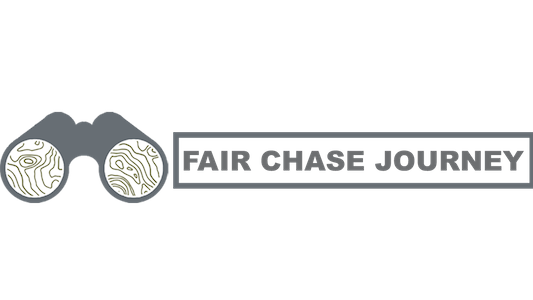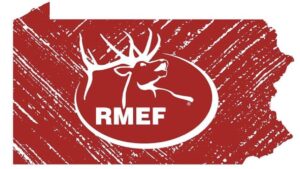
Conservation Compensation- A 10,000 ft View of the Pittman-Robertson Act
Hunters and anglers will take any opportunity to make it known that they are undeniably the largest financial contributors to conservation efforts, but the majority of our proficiency in the subject is tied around license sales. I too fell in this category so I felt the need to educate myself on conservation focused programs like the Pittman-Robertson Act. While there have been numerous pieces of legislation involving hunting and conservation, the Pittman-Robertson Act is the most well known, and for good reason. Below is a very brief summary of this document, for more details click here https://fas.org/sgp/crs/misc/R45667.pdf
Created in 1937, The Federal Aid in Wildlife Restoration Act is more commonly known for the names of its sponsors. Nevada Senator Key Pittman and Virginia Congressman Absolom Willis Robertson presented the original act to Franklin D. Roosevelt in response to declining game populations and habitat deterioration across the United States.
Prior to the act coming into law a 11% tax on firearms and ammunition was allocated to the U.S. Treasury. In turn, the Pittman-Robertson Act sent the funds generated by the tax to the Secretary of the Interior where it would be distributed to the states through a formula based on the size of the state and the number of licensed hunters.
Instead of just gifting the money to the states the Act went a step further to ensure the funds would be used wisely for conservation. In order for a state to receive funding they had to provide a financial plan for the money to the Secretary of the Interior. Along with an approved plan each state had to agree to use all money received from hunting and fishing license sales to be granted completely to the states fish and game department. Acceptable uses of the funds included wildlife and habitat management, acquisition of new public lands and research. It was also made necessary that a portion of the money be put towards hunter education and shooting ranges. Later a 10% tax was added to handguns and an 11% tax on archery equipment was authorized. Any funds not used after 2 years would be repurposed towards the Migratory Bird Conservation Act.
For the first time in history all funds created by a specific tax were reserved for wildlife- a huge win for conservation. As of 2018 the Pittman-Robertson Act had reached over $12.2 billion dollars since its creation, undoubtedly allowing state agencies to fund programs that would otherwise be implausible. Largely considered as a welcomed or voluntary tax brought on by hunters for conservation, the hunting community views the act as a way to fund itself. It has proved to be a way to make hunting and fishing moderately self supporting. By using tax dollars to fund hunter education programs it in turn aids in hunter recruitment. New hunters will spend money on outdoor equipment and licenses, further adding to the funds and ensuring that the next generation will have the same opportunities that we have today.









